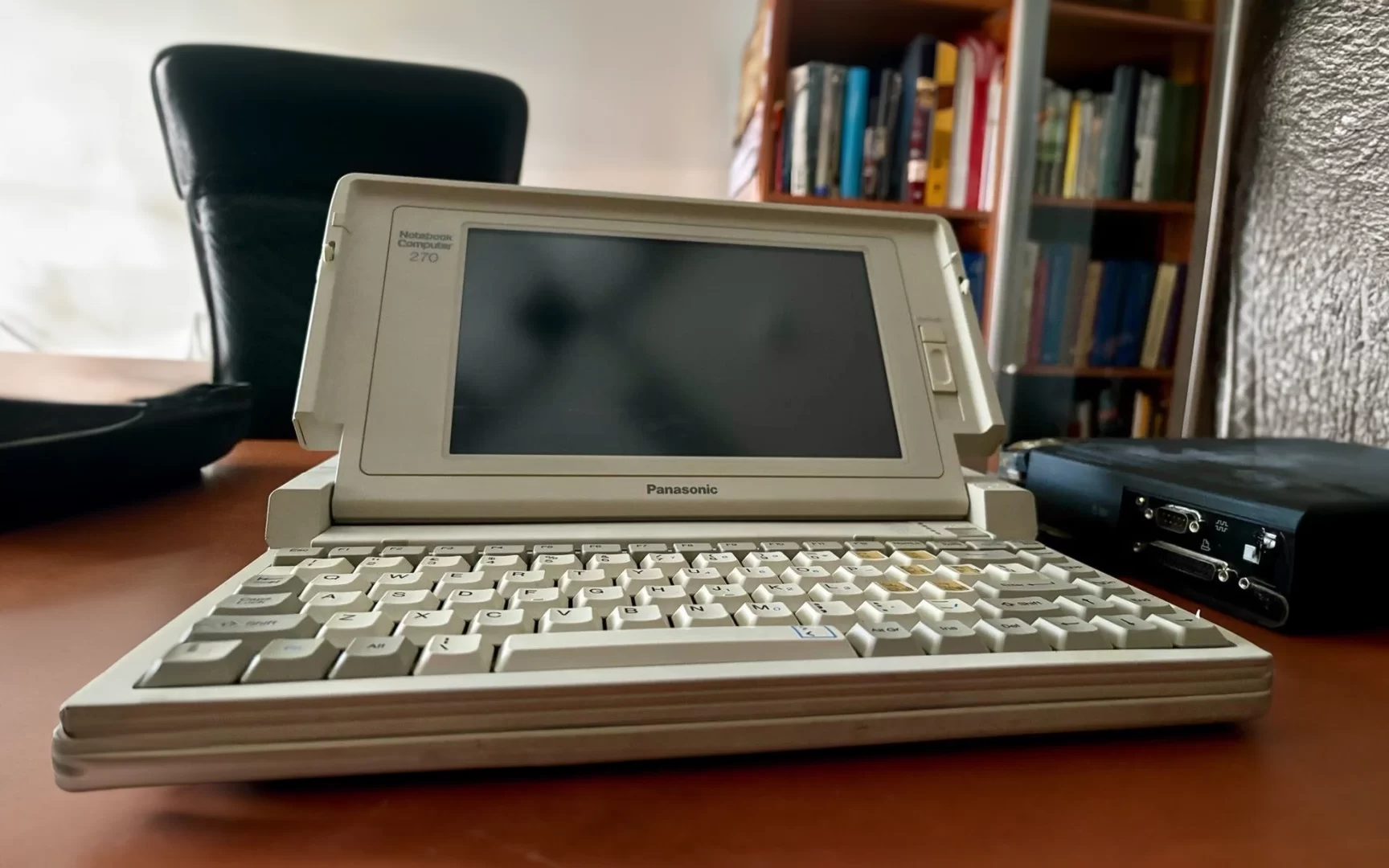Although John Paul II was not a regular computer user, he understood its potential in spreading the faith. In November 2001, the Pope sent his first email, which was also the first document of the Catholic Church transmitted via the internet. In 2002, he suggested that the Church focus on the internet as a new platform for preaching the Gospel.
On November 22, 2001, John Paul II, from the Clementine Hall in the Vatican, sent the exhortation “Ecclesia in Oceania” using the “ENTER” key. It was a historic moment that ushered the Church into a new era of digital communication.
The Holy See had used the internet before, mainly for document preparation due to vast distances. However, the email sent by the Pope, summarizing the Synod in Oceania, was unprecedented.
In March 2002, John Paul II again used technology to meet with the faithful from Russia. Thanks to an internet connection, the Pope prayed and celebrated Mass, connecting the faithful from Moscow, Athens, Budapest, Strasbourg, Vienna, and Valencia.
From 1995 to 2002, John Paul II observed the development of the internet. In the Vatican, work was carried out on the vatican.va website, where texts of the Pope’s speeches from a 30-year period can be found. The Pope realized that technology could support the Church in reaching out to the faithful worldwide if used wisely and responsibly.
Rev. Dr. Mirosław Chmielewski from the Faculty of Theology at KUL recalls the words of John Paul II: “When the Church distances itself from culture, the Gospel also falls silent.” The Pope saw new ways of communication and relationship building in the media and the internet.
Pioneer of New Times
The internet appeared in the Vatican at the Pope’s request in 1993. In 1995, work began on using the internet in the Church, creating the vatican.va website.
John Paul II recognized that computers and the development of technology could support the Church if used with caution. “Let us not be afraid to set out into the deep of the vast ocean of informatics,” the Pope said.
Papal “No” to Hate
In the 1990 message “The Church’s Mission in the Computer Age,” John Paul II emphasized that new technologies provide the Church with tools to fulfill its mission. However, he warned against the depersonalization of communication and the falsification of information.
Era of Internet Evangelization
Throughout his pontificate, John Paul II promoted the development of media in the Church. He regarded the internet as a tool that could open up new possibilities for evangelization, especially among young people.
Papal Media Testament
The last document signed by John Paul II was the Apostolic Letter “Rapid Development” on January 24, 2005. The Pope encouraged not to be afraid of media and new technologies, emphasizing that evangelization requires personal contact and the Holy Spirit.
Rev. Mirosław Chmielewski notes that the message of the Apostolic Letter is manifold. The Pope believed that media, including the internet, could be a powerful tool for evangelization if used responsibly and consciously.
